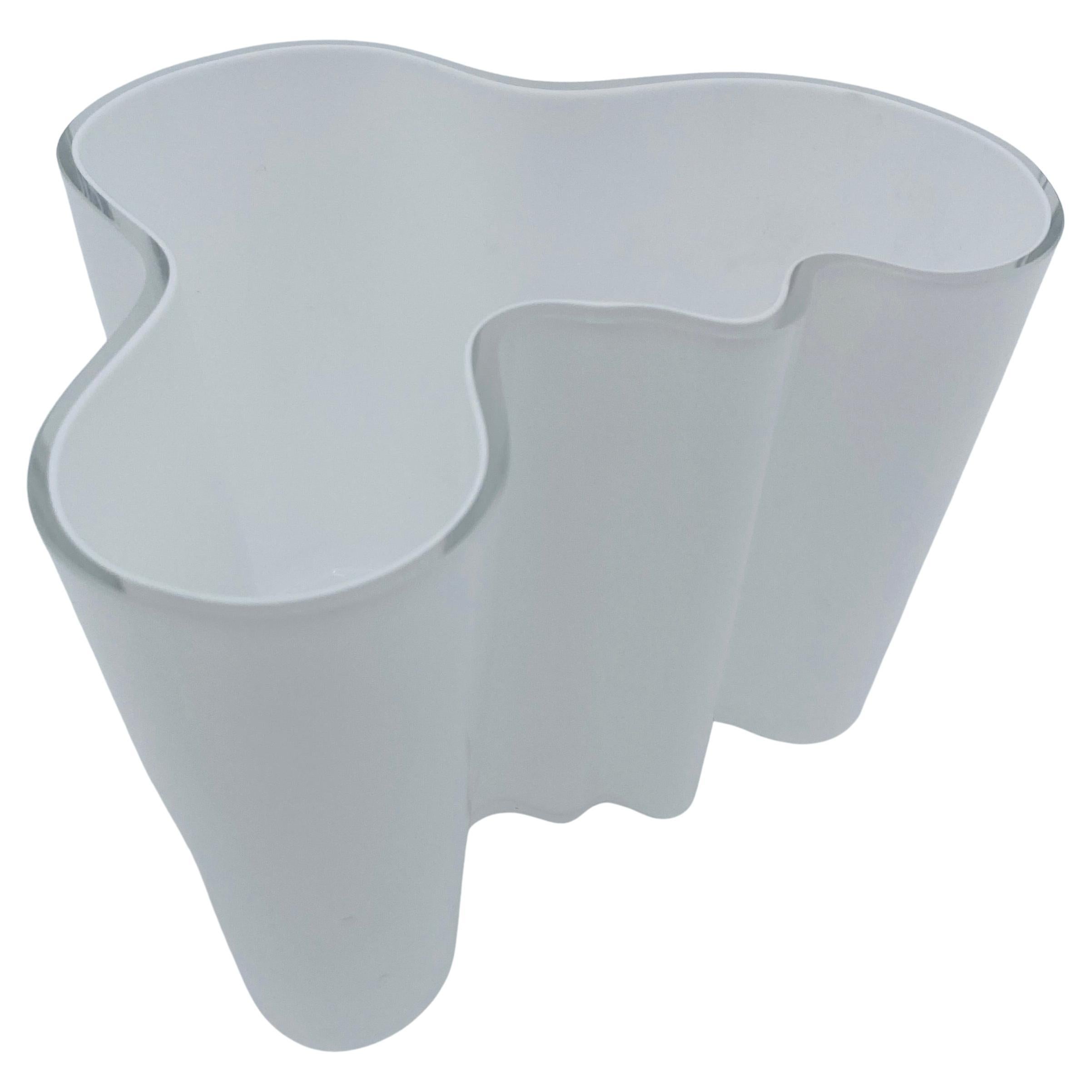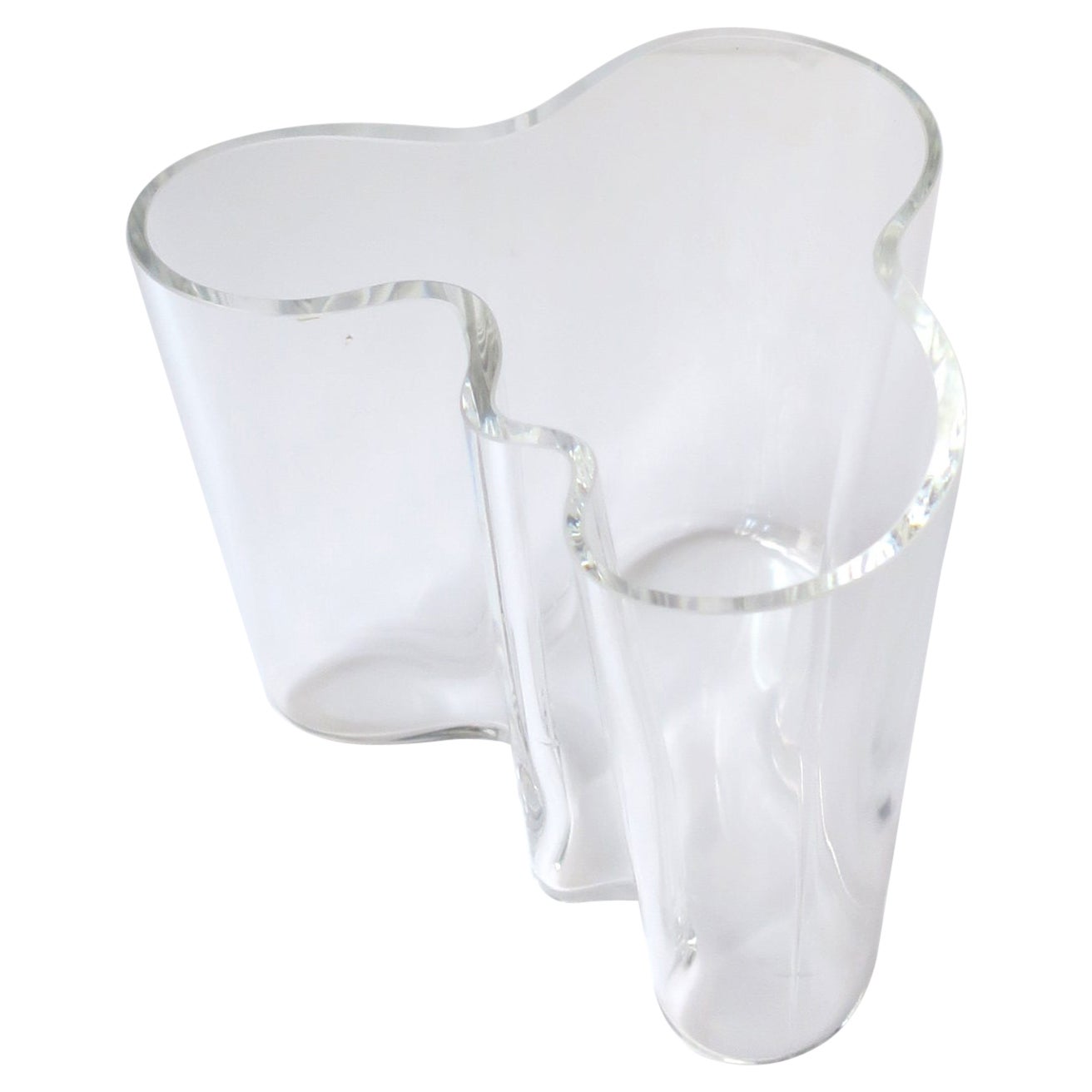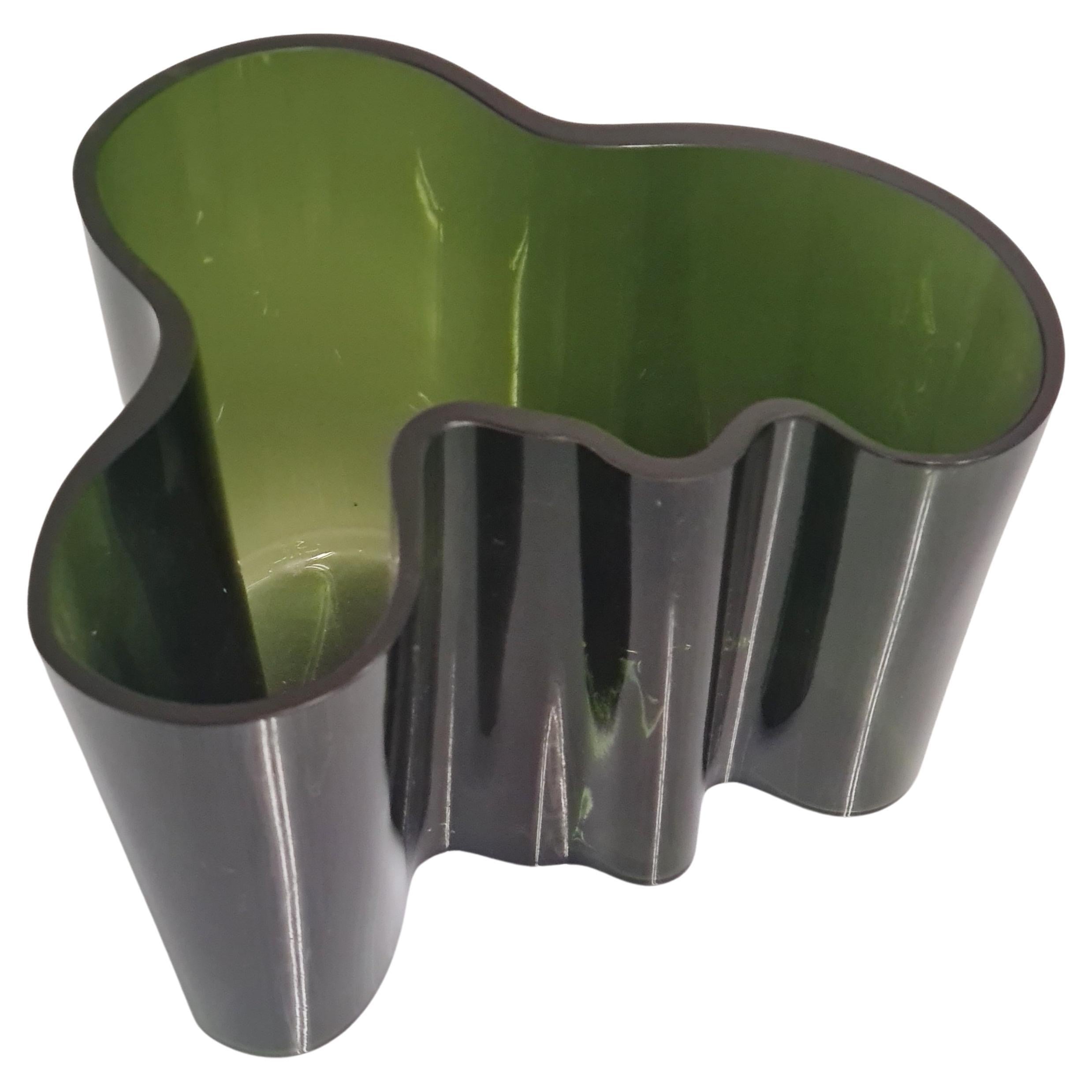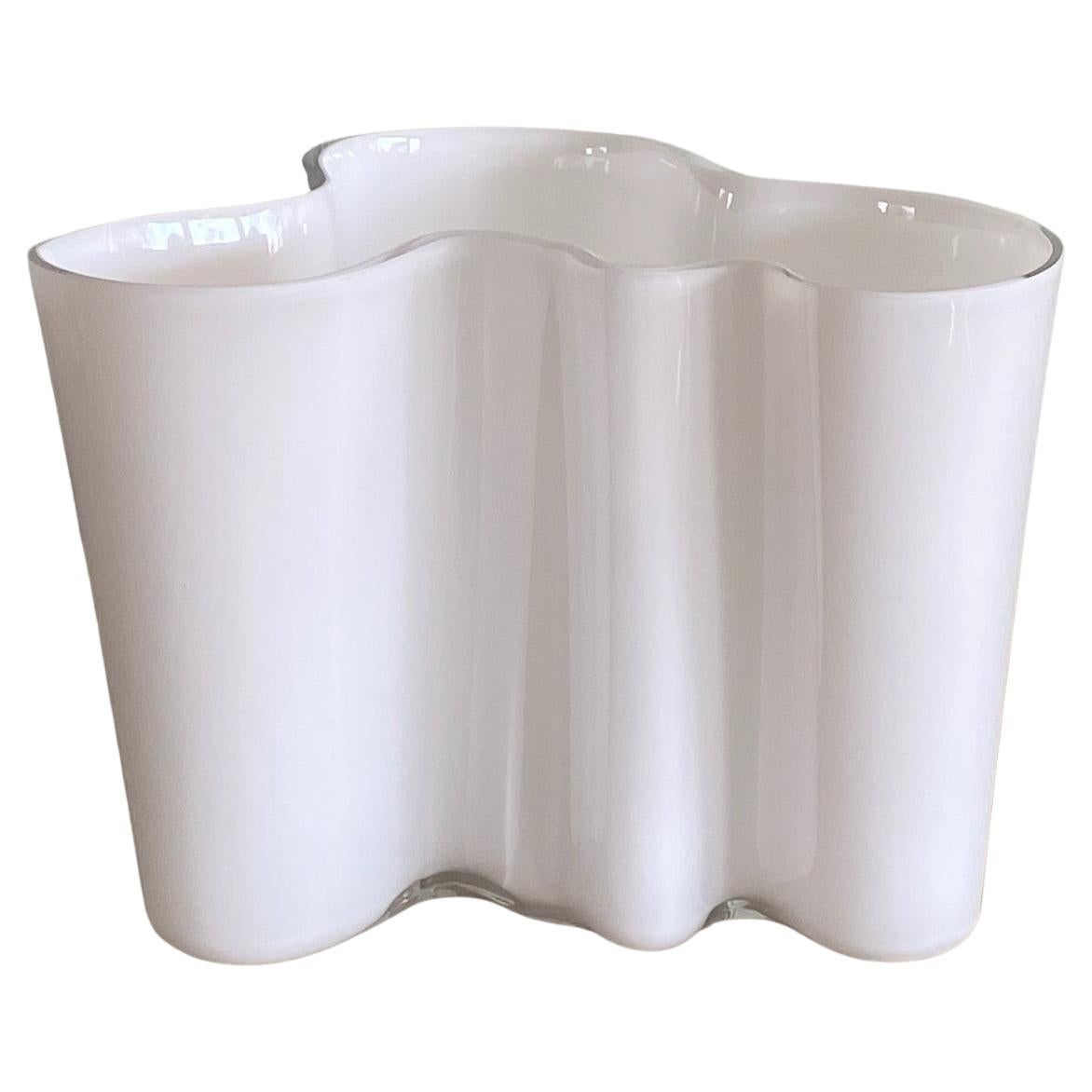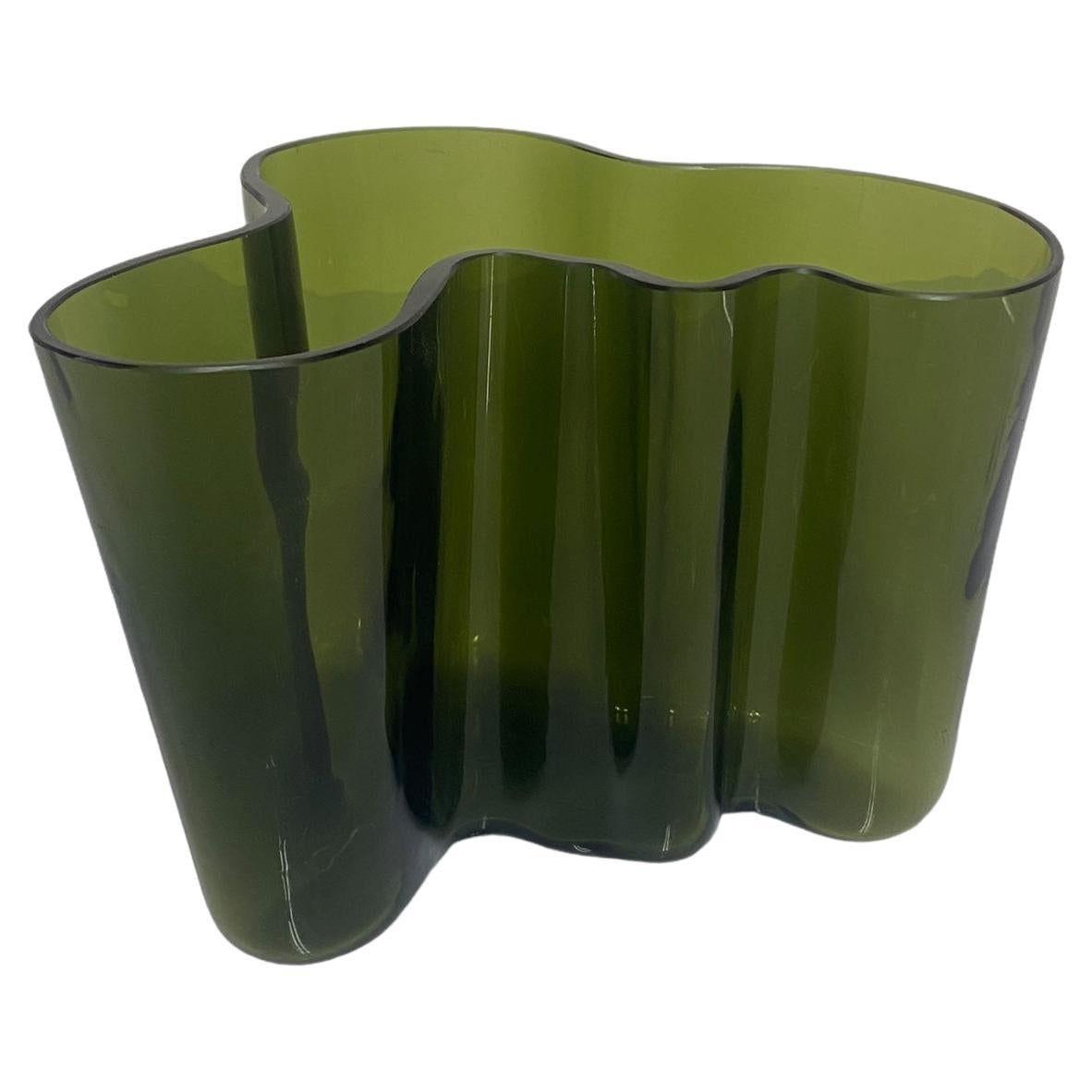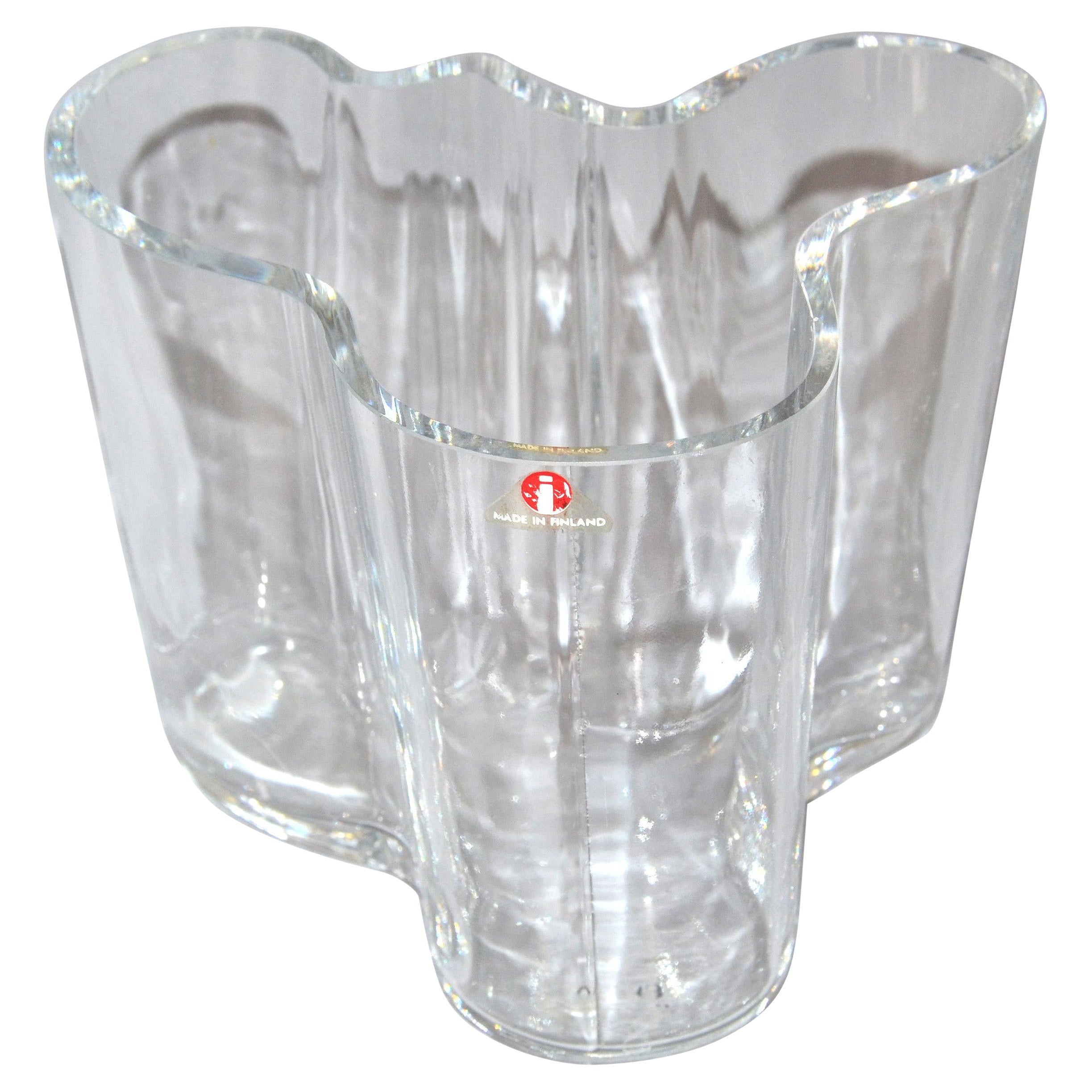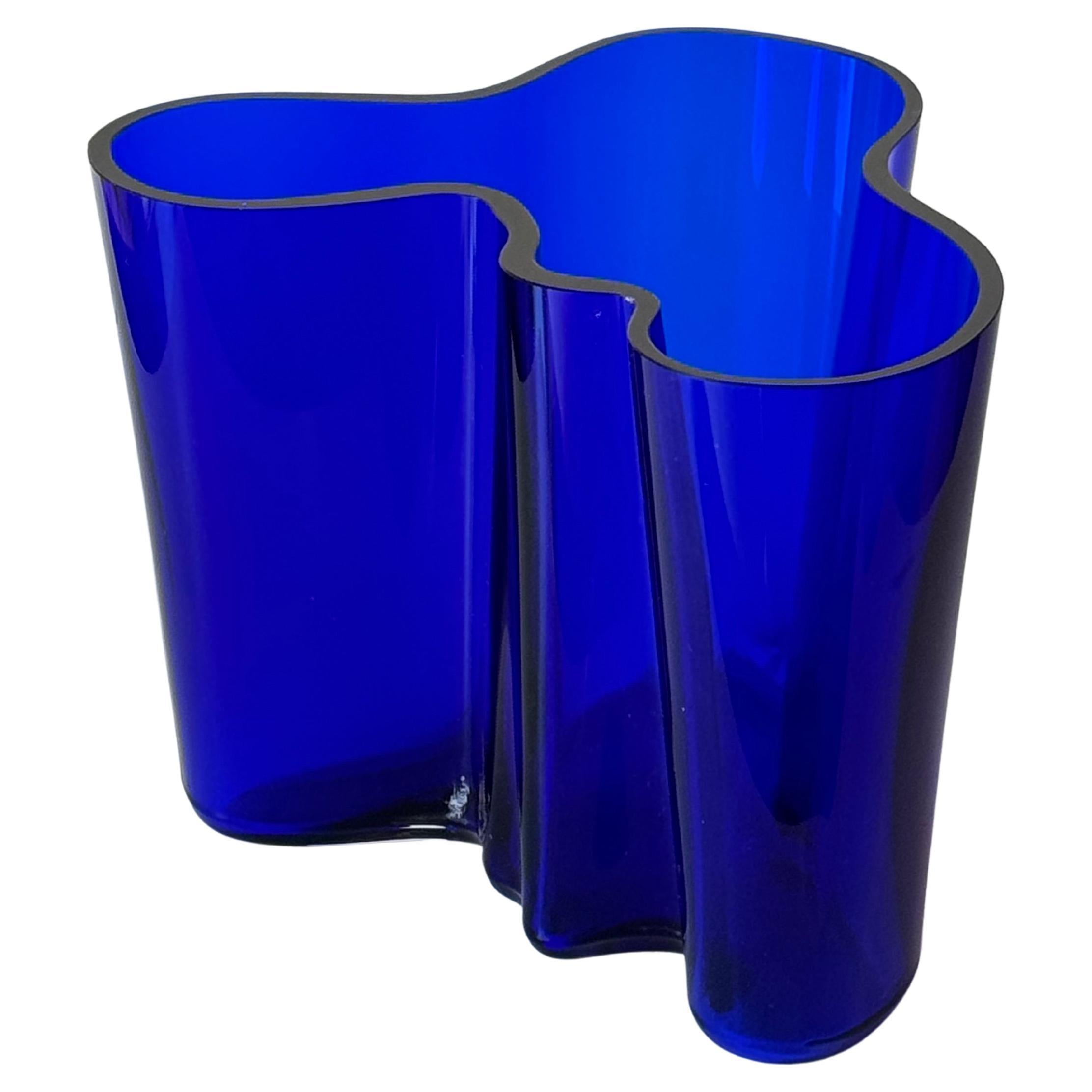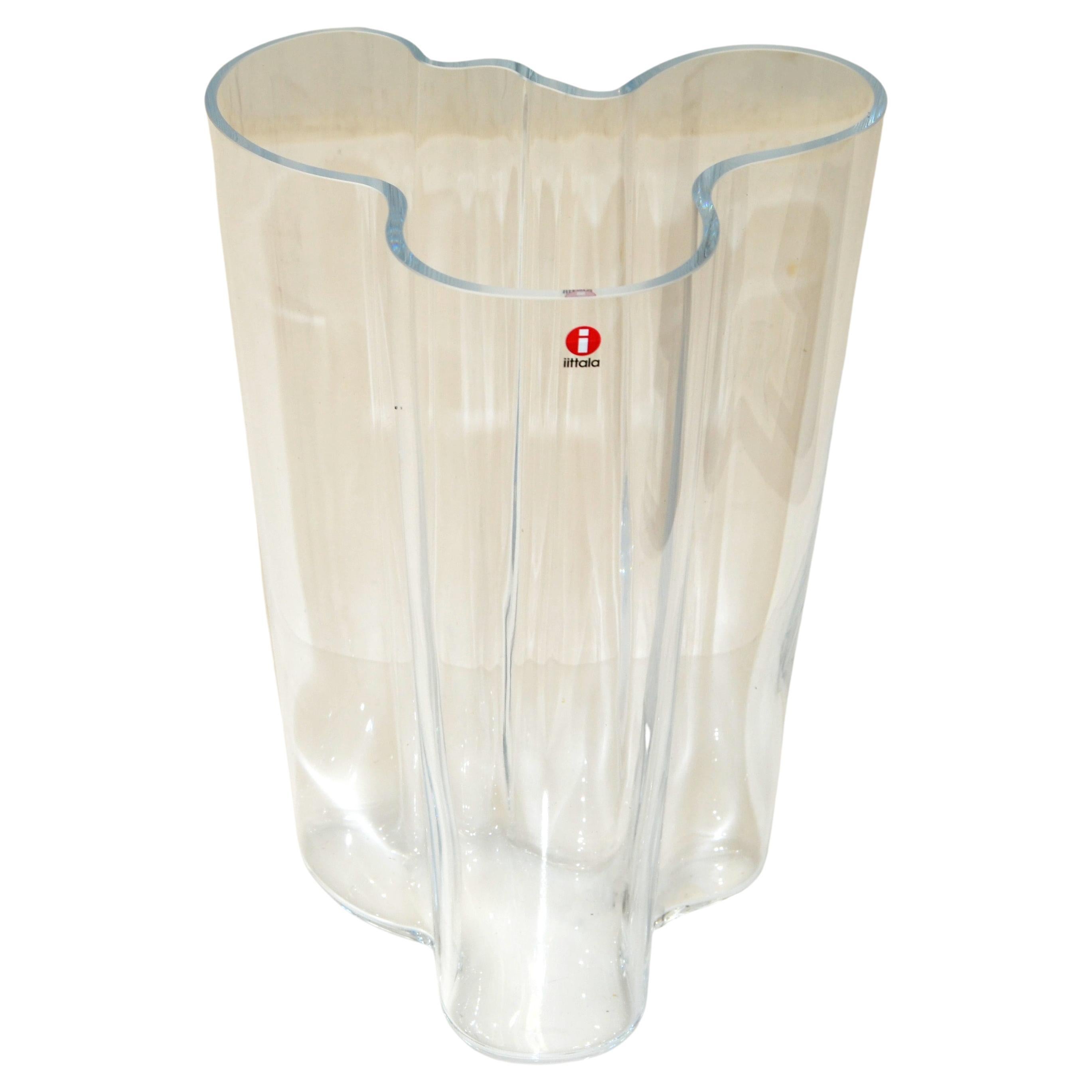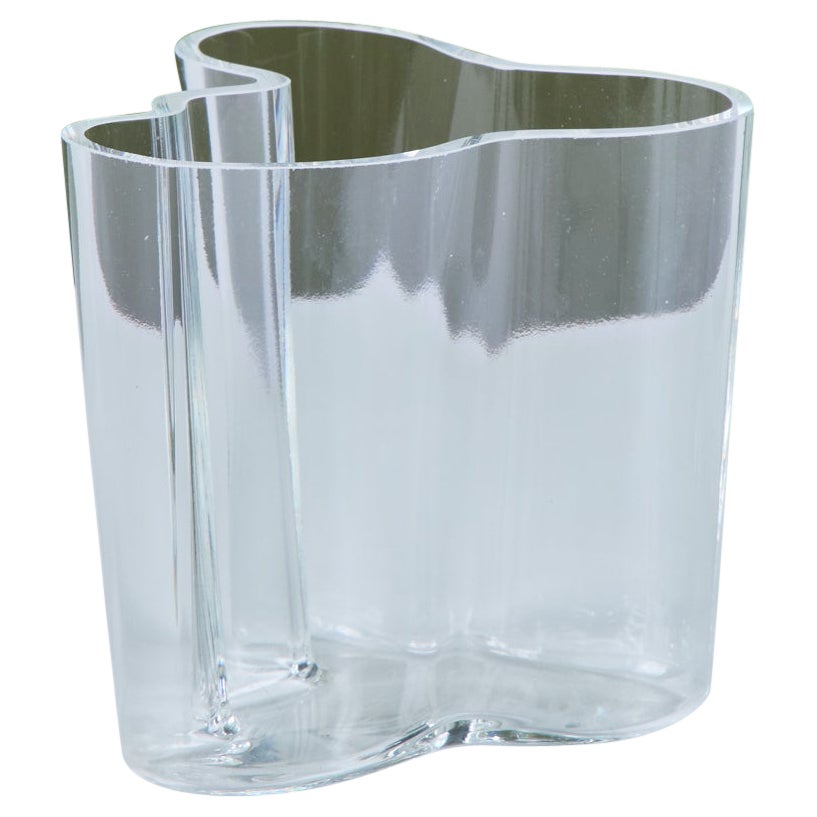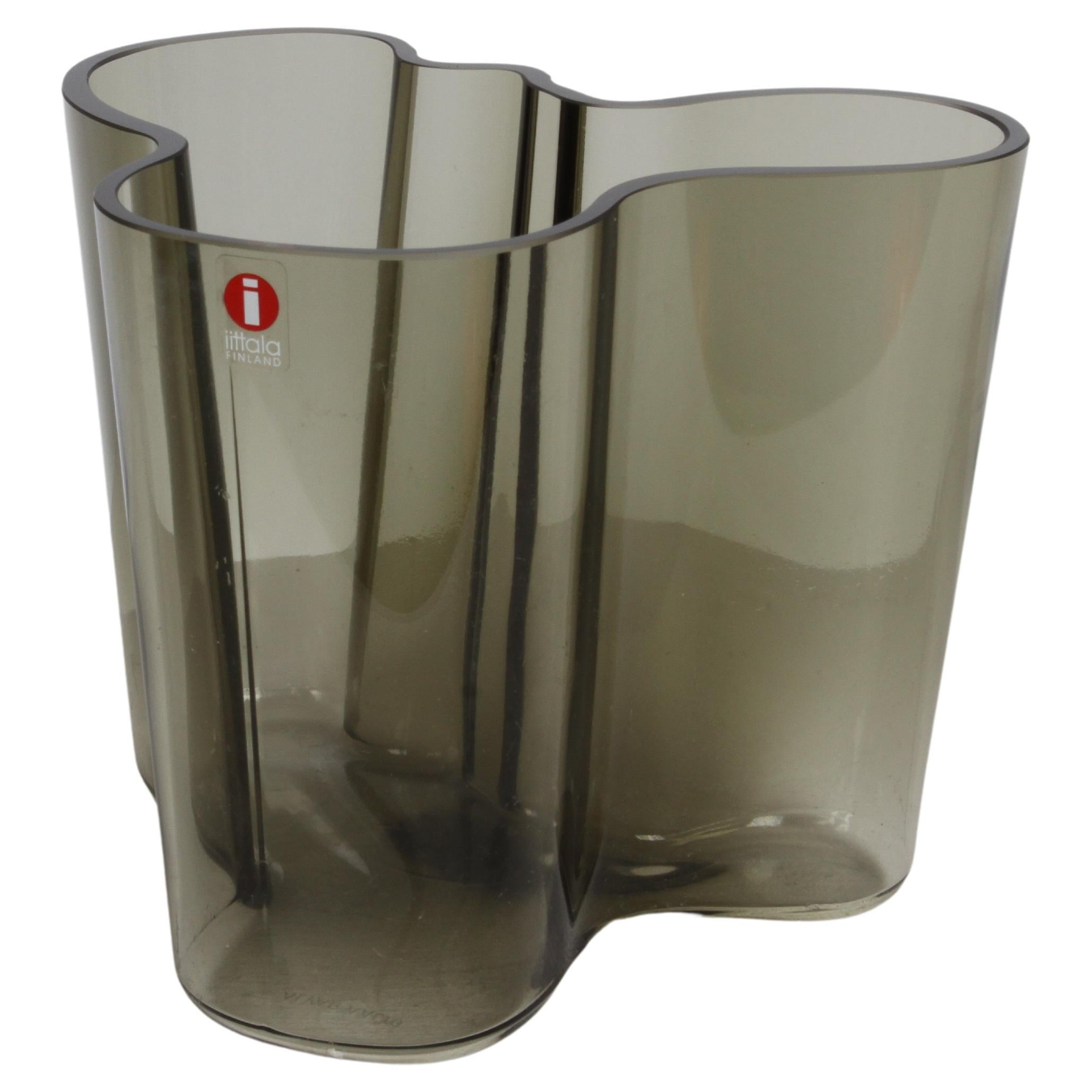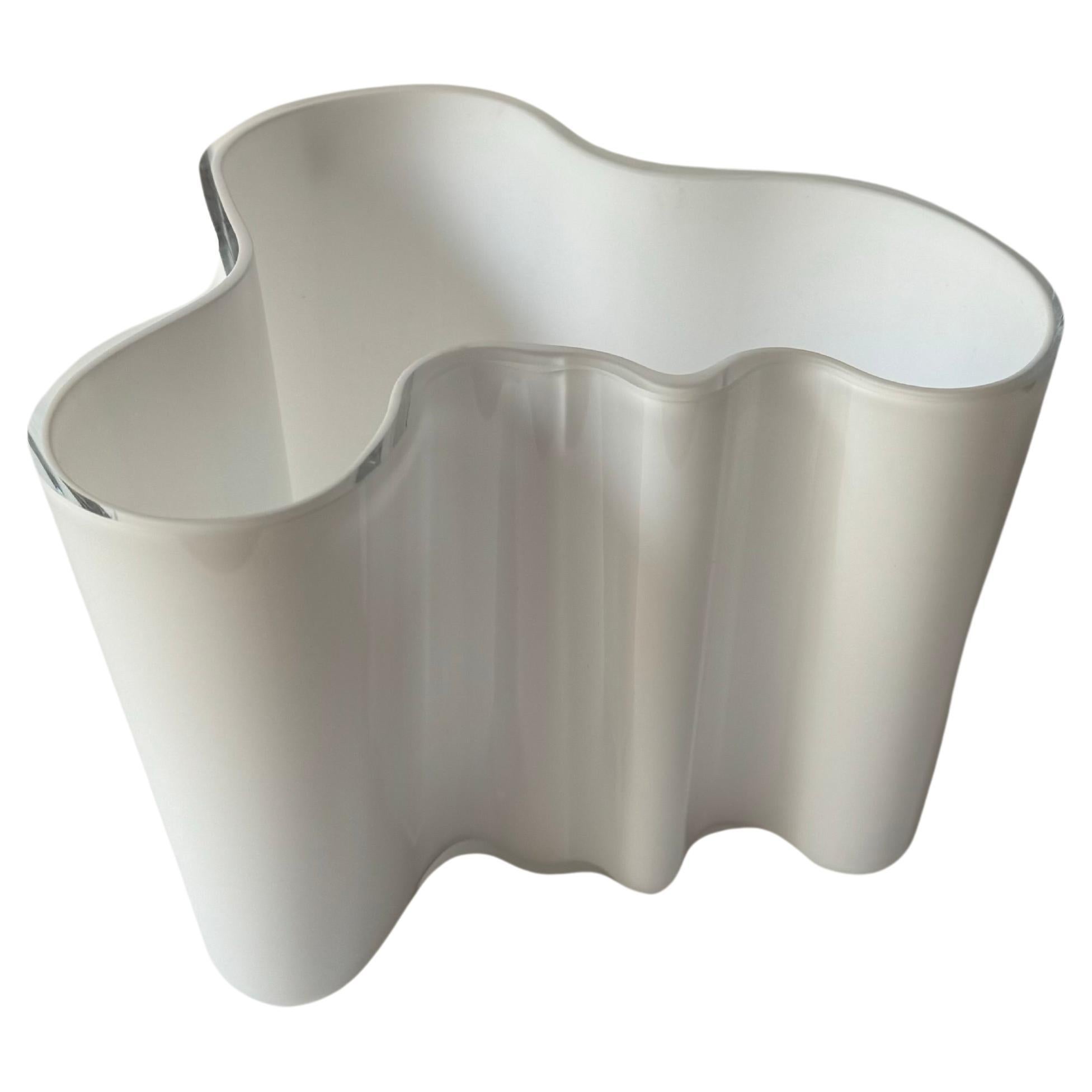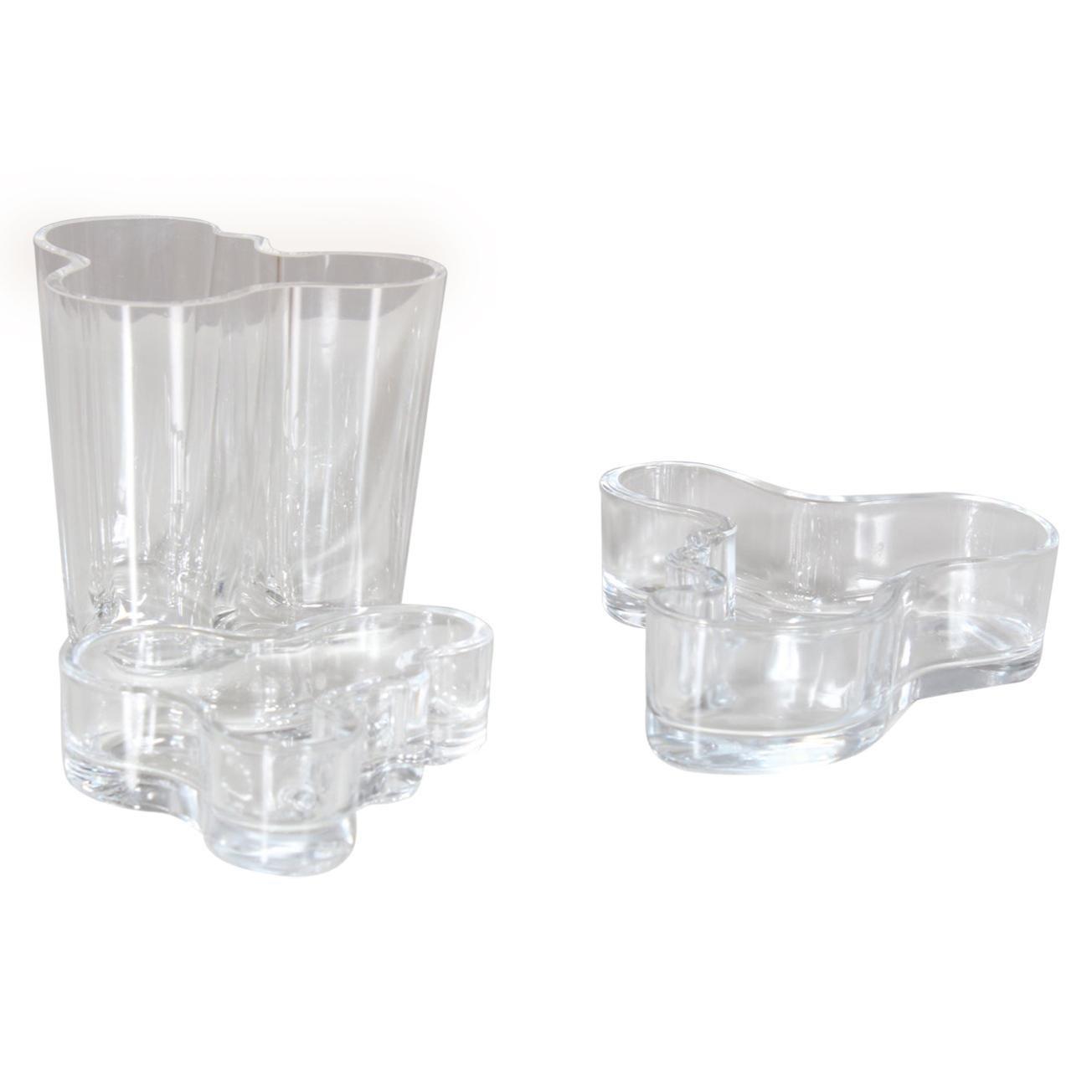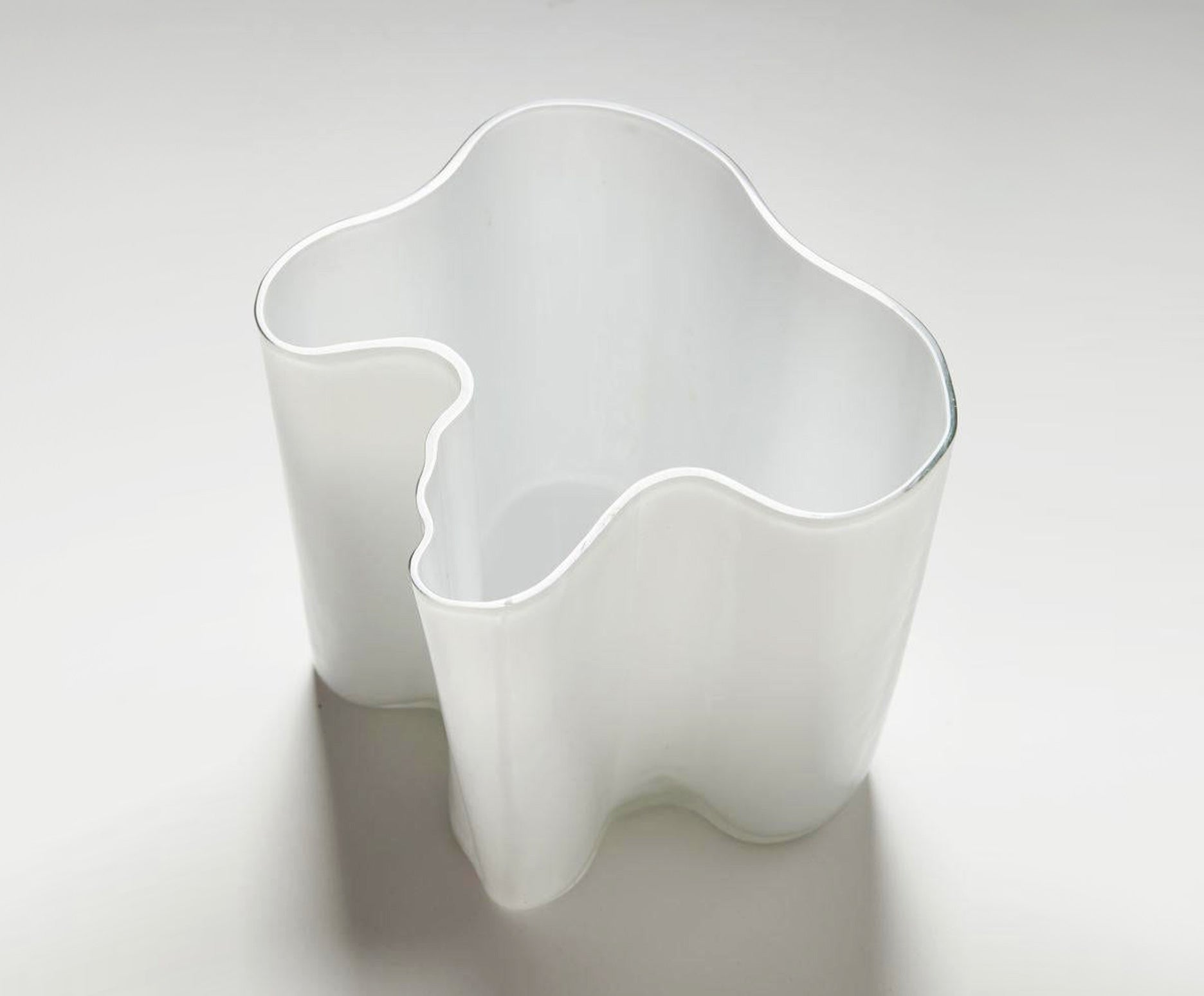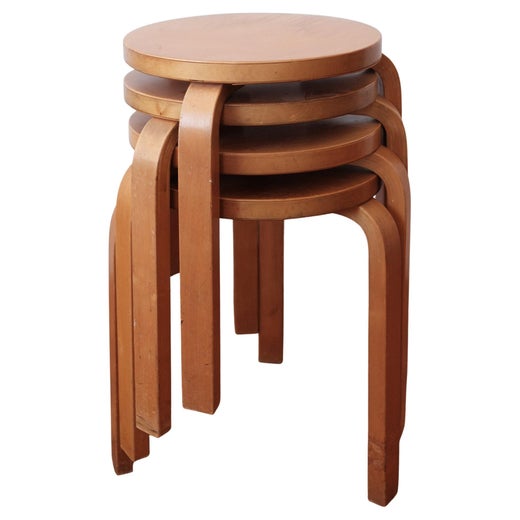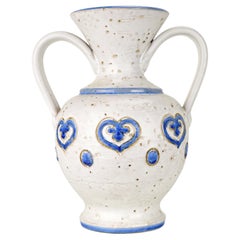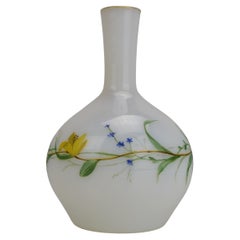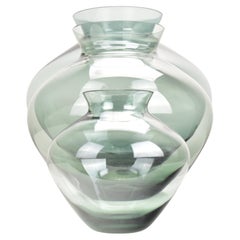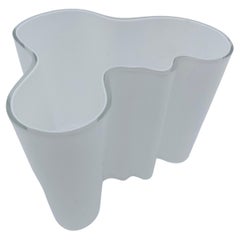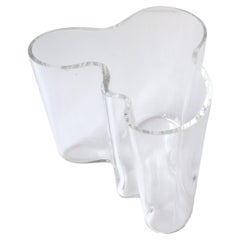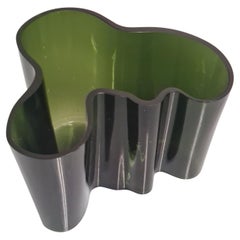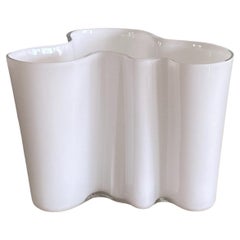Alvar Aalto White Savoy Vase for Iittala, Iconic Finnish Glass Design
View Similar Items
Alvar Aalto White Savoy Vase for Iittala, Iconic Finnish Glass Design
About the Item
- Creator:Alvar Aalto (Artist),Iittala (Manufacturer)
- Design:
- Dimensions:Height: 7.96 in (20.2 cm)Width: 4.69 in (11.9 cm)Depth: 4.3 in (10.9 cm)
- Style:Scandinavian Modern (In the Style Of)
- Materials and Techniques:
- Place of Origin:
- Period:
- Date of Manufacture:2000s
- Condition:Wear consistent with age and use.
- Seller Location:Bad Säckingen, DE
- Reference Number:1stDibs: LU7989242513022
Savoy Vase
When Finnish architect and designer Alvar Aalto (1898–1976) designed the curvilinear Savoy vase in 1936 for the eponymous luxurious restaurant in Helsinki set to open the following year, he created one of the most well-known glass objects of the 20th century.
The Savoy vase — commonly referred to as the “Aalto vase” — won first prize at 1936’s Karhula-Iittala Glass Design Competition, held to determine which works would be included in the Finnish Pavilion at the 1937 Paris World Expo. This very first vase was taller than the subsequently produced models and was executed in a wooden mold that was burned away during production.
Aalto’s inspiration behind the vase remains unclear, although it has been speculated that the design is based on waves or the Finnish landscape. The abstract biomorphic shape of the vase was designed to spread out any flowers placed inside and to support the stems in the folds of the glass facing in different directions rather than keep them bunched together in a central opening. The vase, which was included in the interior design commission for the Savoy (shared with his designer wife, Aino) that included the couple’s celebrated Golden Bell pendant light, was not the only revolutionary design Aalto created during his lifetime. He was a pioneer of Scandinavian modernist design as well as Finland’s most important architect of the 20th century. Aalto created or cocreated with Aino some of the most revered buildings in the Northern Hemisphere, such as the Paimio Tuberculosis Sanatorium (1928–33) in Paimio, Finland, and the Villa Mairea (1939) in Noormarkku, Finland.
The Savoy vase never made any money for Aalto because it belonged to the Finnish glassworks factory that sponsored the 1936 competition. The factory’s modern iteration, Iittala, still produces the piece today. Each Savoy vase is mouth-blown and can be found in various sizes and colors.
Alvar Aalto
An architect and designer, Alvar Aalto deserves an immense share of the credit for bringing Scandinavian modernism and Nordic design to a prominent place in the global arena. In both his buildings and his vintage furniture — which ranges from chairs, stools, tables and lighting to table- and glassware — Aalto’s sensitivity to the natural world and to organic forms and materials tempered the hardness of rationalist design.
Relatively few Aalto buildings exist outside Finland. (Just four exist in the United States, and only one — the sinuous 1945 Baker House dormitory at M.I.T. — is easily visited.) International attention came to Aalto, whose surname translates to English as “wave,” primarily through his furnishings.
Instead of the tubular metal framing favored by the Bauhaus designers and Le Corbusier, Aalto insisted on wood. His aesthetic is best represented by the Paimio armchair, developed with his wife, Aino Aalto, in 1930 as part of the overall design of a Finnish tuberculosis sanatorium.
Comfortable, yet light enough to be easily moved by patients, the Paimio chair’s frame is composed of two laminated birch loops; the seat and back are formed from a single sheet of plywood that scrolls under the headrest and beneath the knees, creating a sort of pillow effect. Aalto’s use of plywood had an enormous influence on Charles and Ray Eames, Arne Jacobsen, Marcel Breuer and others who later came to the material.
Concerned with keeping up standards of quality in the production of his designs, Aalto formed the still-extant company Artek in 1935, along with Aino, whose glass designs were made by the firm. In the latter medium, in 1936 the Aaltos together created the iconic, undulating Savoy vase, so-called for the luxe Helsinki restaurant for which the piece was designed.
Artek also produced Aalto pendants and other lighting designs, many of which — such as the Angel’s Wing floor lamp and the Beehive pendant — incorporate a signature Aalto detail: shades made of concentric enameled-metal rings graduated down in diameter. The effect of the technique is essential Alvar Aalto: at once precise, simple, and somehow poetic.
Find a collection of vintage Alvar Aalto stools, vases, dining tables and other furniture on 1stDibs.
More From This Seller
View AllVintage 1980s Finnish Modern Animal Sculptures
Blown Glass
Vintage 1960s Italian Mid-Century Modern Vases
Ceramic
Antique Mid-19th Century Czech Bohemian Vases
Enamel
Vintage 1950s German Mid-Century Modern Vases
Stainless Steel
1990s Finnish Modern Animal Sculptures
Blown Glass
21st Century and Contemporary Finnish Modern Animal Sculptures
Blown Glass
You May Also Like
Vintage 1980s Finnish Mid-Century Modern Vases
Glass
Late 20th Century Finnish Mid-Century Modern Vases
Glass
Vintage 1960s Finnish Scandinavian Modern Vases
Blown Glass
Vintage 1970s Finnish Scandinavian Modern Vases
Glass
Vintage 1950s Finnish Scandinavian Modern Vases
Blown Glass
Vintage 1980s Finnish Scandinavian Modern Vases
Art Glass
Recently Viewed
View AllRead More
The Very Modern Love Story of Mid-Century Design Duo Alvar and Aino Aalto
A power couple before the term existed, the influential pair made work that still resonates today.
What Makes Scandinavian Modernism and Nordic Design So Irresistible?
Andrew Duncanson, founder of the Stockholm- and London-based gallery Modernity, weighs in on the masters of mid-century furniture and decorative arts.
